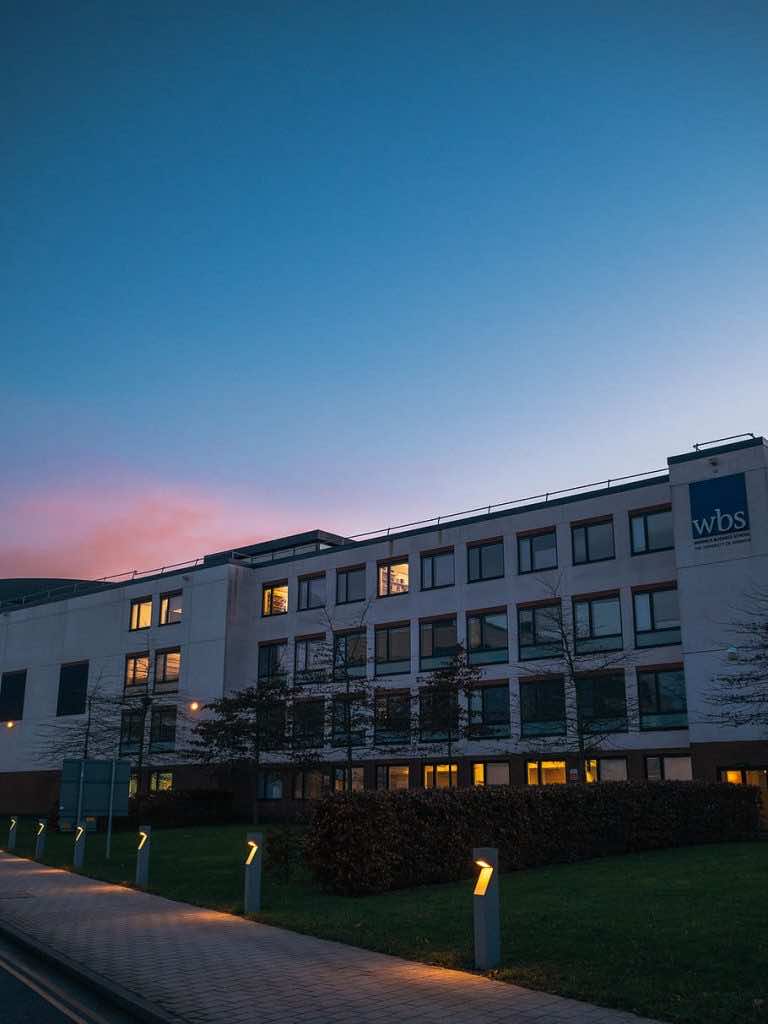The UK government had previously confirmed a goal to install widespread 5G connectivity to the UK by 2027. The target was part of its overall £5-billion roadmap to transform the connectivity of homes nationwide. However, these initial ambitious targets have since been scaled back, given that just a quarter of the required funding would be made available during this timeframe.
In addition, the UK’s mobile network providers have also been forced to phase out the use of Huawei’s 5G technology in recent months, following a new ruling in parliament last summer. The onus is very much on the likes of British Telecom (BT) to usher in a new era of 5G connectivity for the UK and beyond. BT has overseen the installation of the country’s first dedicated 5G network, which is operational on-campus at Warwick University.
Why did BT choose Warwick University?

Warwick University is a college boasting more than 20,000 active students. It was selected by BT to deploy the UK’s inaugural 5G network, bringing ultra-fast 5G connectivity to the university’s students and staff alike. In an official statement released around the time of BT’s partnership with Warwick University, the college was described as “a testbed for research” as well as “consumer 5G use case development”.
Warwick University has long held a world-class reputation and is therefore a highly suitable starting point. It is ranked 62nd in the world in the 2021 QS World University Rankings. It also happens to be the sixth most sought-after university among the UK’s leading employers. It is a university that’s developed a plethora of talent across all sectors – some more bizarre than others. Last summer, it was discovered that Warwick University had developed a hotbed of online talent in the poker scene, with the likes of Andrew Hulme taking down major online tournaments including the Spring Championship of Online Poker prize at PokerStars in 2020.
David Wrout, principal technology partner at BT, recently discussed the deployment of the 5G network at Warwick University, having successfully launched the pilot at Belfast Harbour. Wrout noted the university’s auto innovation centre, which is “one of the most inspiring facilities in the UK” today. During initial consultations with Warwick’s chief innovation officer, David Plumb, it was ascertained that 5G connectivity had the potential to unlock new potential for the university’s research arm as well as its student population.
At the heart of BT’s 5G connectivity in Warwick is the university’s role in the continent’s inaugural connected autonomous mobility demonstration across a public 5G network. The project, overseen by the Warwick Manufacturing Group, is focusing largely on vehicle-to-vehicle (V2V) communications, refining the comms between two “connected autonomous pods”.
Wrout admitted the original goal of the 5G network at Warwick was solely focused on the consumer use cases and the everyday demands of 5G connectivity. Wrout also said that the network “looked at healthcare” before acknowledging that the network could help to turbocharge the autonomous driving sector which is taking V2V comms “very seriously”.
Wrout also mentioned how “incredibly important” V2X is for the future of autonomous driving, which includes vehicle-to-pedestrian and vehicle-to-infrastructure. With all of these facets to play key roles in the future of autonomous driving, Wrout believes Warwick’s 5G network is vital to determine how these “use cases can be evolved through the 5G network” as well as “how [they] are leveraged”. Across the Atlantic, Georgia Tech is also leveraging 5G signals to create power sources using 3D-printed antennas, which is yet another example of 5G’s long-term potential.
Warwick’s 5G network could also have positive implications on the rest of British enterprise. With hugely increased bandwidth and low latency connections, remote learning will have a whole new dimension for students on campus. Wrout and BT recently conducted a trial with the University of Glasgow, utilising virtual reality (VR) technology to host lectures to students in real time. The lecturers were based elsewhere from the students, proving the “viability of virtual reality content”, with the student given the flexibility to “rewind and watch again” using compatible headsets.
There is no doubt that this year looks like being a major step forward in the roll-out of 5G connectivity for domestic and commercial uses nationwide, with BT – and Warwick University – sure to play central roles.


